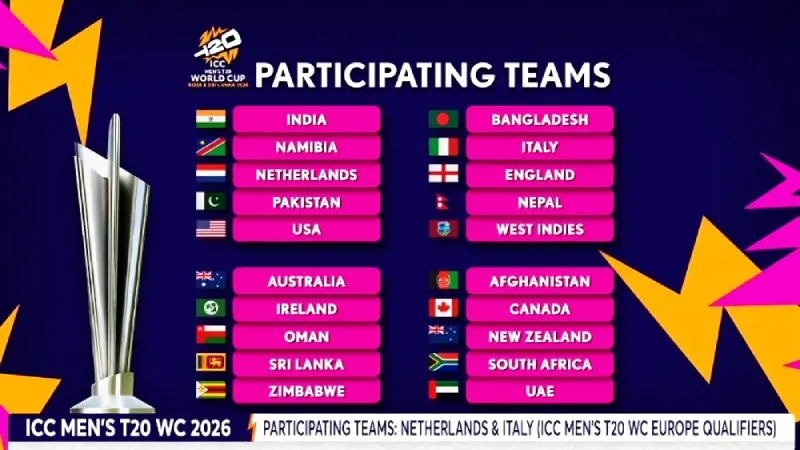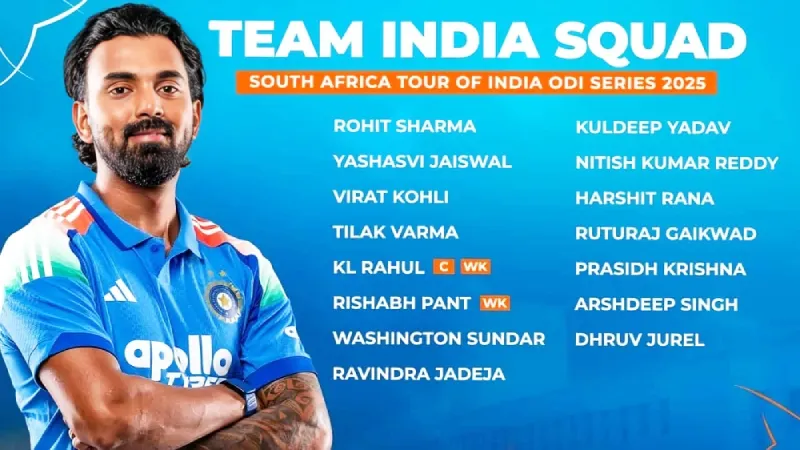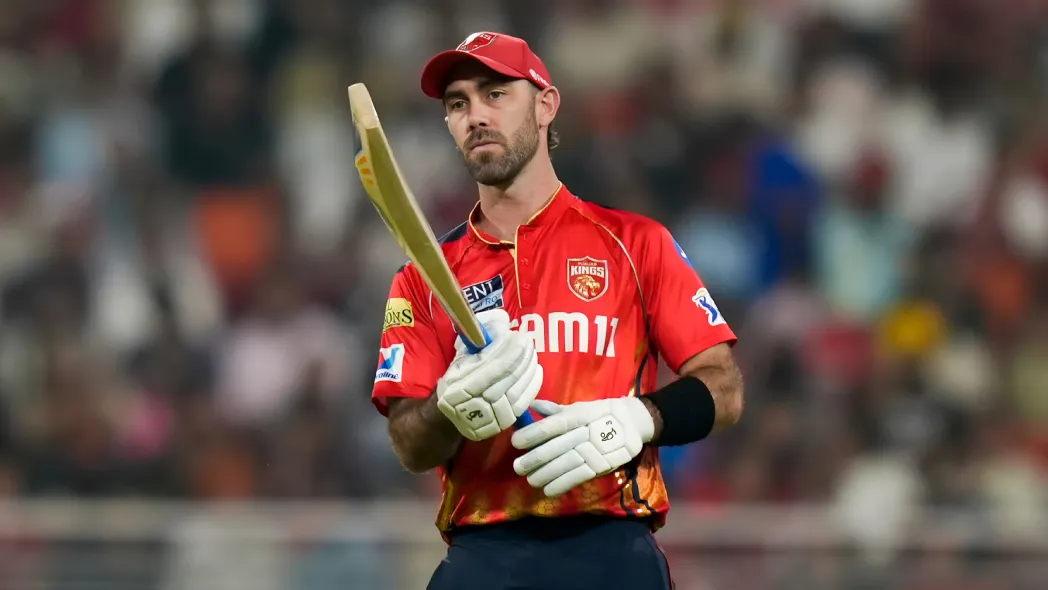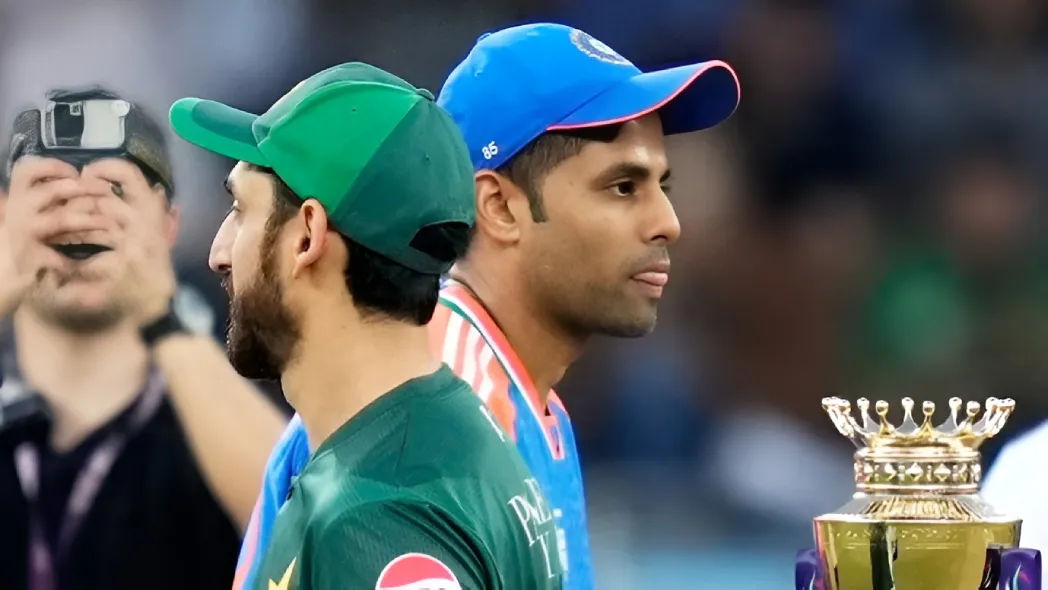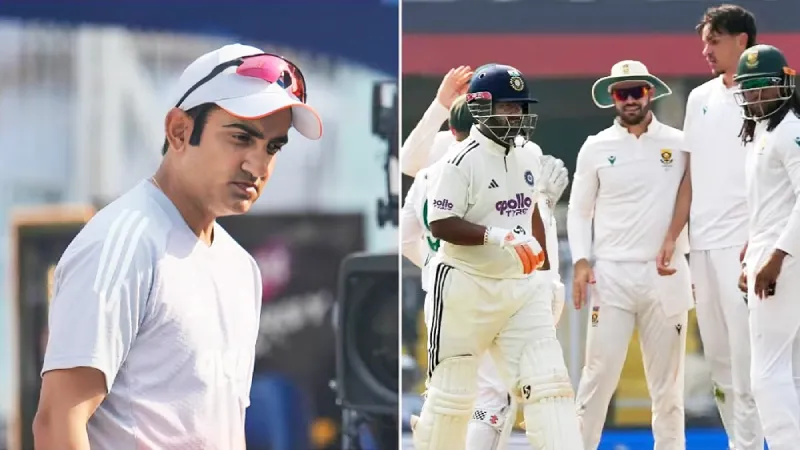Each time India loses at home in test cricket, the weather prompts some to blame the pitch, others to blame the toss, and still others to blame the weather (even when the weather is extremely aggressive). However, in Guwahati last week, neither the weather nor the pitch would take the fall. India crumbled from 201 to 140, before South Africa went to bed and woke up the next morning to see the Indians had been “thumped” by an eight-wicket victory of 408 runs as clinical as it was brutal; to watch India attempt to chase down a total of 549 runs felt like watching a documentary on a dream that never was.
India suffered much more than a scoreboard loss; they also suffered an identity crisis. The three all-around players selected (Jadeja, Sundar & Nitish Reddy) were ironic because what an all-rounder-heavy team should provide by default is a level of depth. Typically six batsmen are used by India in their home Tests however, India wrote new lines into the “six batsmen” script with “flexibility,” and “balance” instead of utilizing a traditional, skilled player to back-up an injury or illness which ultimately led to a 0-2 home series loss, an occurrence less common than a test match that starts on schedule.
When Flexibility Becomes a Tactical Weakness
Parthiv Patel’s core argument is blunt: India simply didn’t need so many all-rounders. And he’s right because balance isn’t created by stacking multi-skill players; it’s created by defining clear roles. Jadeja and Sundar already give India a premium hybrid value. Adding a third all-rounder who bowled 10 overs and scored 10 and 0 wasn’t flexibility, it was redundancy hiding as innovation.
The trade-off was brutal: one less specialist batter in a match where India desperately needed exactly that.
Misreading Conditions, Misreading Needs
India’s selection logic seemed trapped in a white-ball hangover. Impact Player culture, where everyone wants to be a bowler who bats, a batter who bowls, and sometimes a fielder who podcasts, has blurred Test-match clarity. But Guwahati wasn’t a place for experimentation. South Africa piled 489. India responded with 201. That gap wasn’t caused by a missing sixth bowling option. It was caused by a missing sixth batter.
Even when Jadeja scored 54 and Sundar chipped in with 48, India’s batting core still felt two players short of standing up to pressure.
All-Rounders Are Assets, Not Multipliers
India is fortunate to have two high-quality Test all-rounders in the same XI, which is a luxury most nations would auction their spin academies for. Jadeja is a proven match-winner. Sundar is growing rapidly as a true modern hybrid. Together, they form an ideal 5 + 6 slot, enabling flexibility in the attack.
But three all-rounders? That’s not luxury. That’s inflation. Test cricket rewards specialists who can do one thing exceptionally well. All-rounders complement that, not replace it. Nitish Reddy might be a long-term project, but in a crucial series-decider, India needed certainty, not a development trial.
A Selection Philosophy Stuck Between Eras
India’s problem was not their poor batting or bowling style but rather their poor approach to protecting themselves from each possible scenario that could occur in the game, and therefore, they were unprepared for what actually occurred. The South African bowlers did not see India’s army of all-rounders and become intimidated; instead, they looked at the fact that the Indian middle order had been padded out by many part-time batsmen.
For India to build back their fortress of Test Cricket, it will need to go back to the fundamentals: six batsmen, four bowlers, and one elite class all-rounder (or possibly two, depending on how well he adds to the team). Test Cricket has not changed as much as India’s selection committee believes it has.
Key Takeaway
India’s defeat wasn’t about all-rounders failing; it’s about having too many of them.
FAQs
- What caused India’s collapse despite having three all-rounders?
A lack of specialist batters left the lineup thin against quality bowling.
- Why did Parthiv Patel criticize the selection?
He argued that Test cricket needs specialists, not an excess of multi-skilled players.
- How can India fix this issue going forward?
Return to a specialist-heavy structure: six batters, four bowlers, one reliable all-rounder.
Disclaimer: This blog post reflects the author’s personal insights and analysis. Readers are encouraged to consider the perspectives shared and draw their own conclusions.
Step into the world of cricket with JeetBuzz News—where expert opinions, trending Blogs, and behind-the-scenes insights meet all your favorite topics. Stay informed, stay entertained, and never miss the stories shaping the cricketing world—only on JeetBuzz News!



